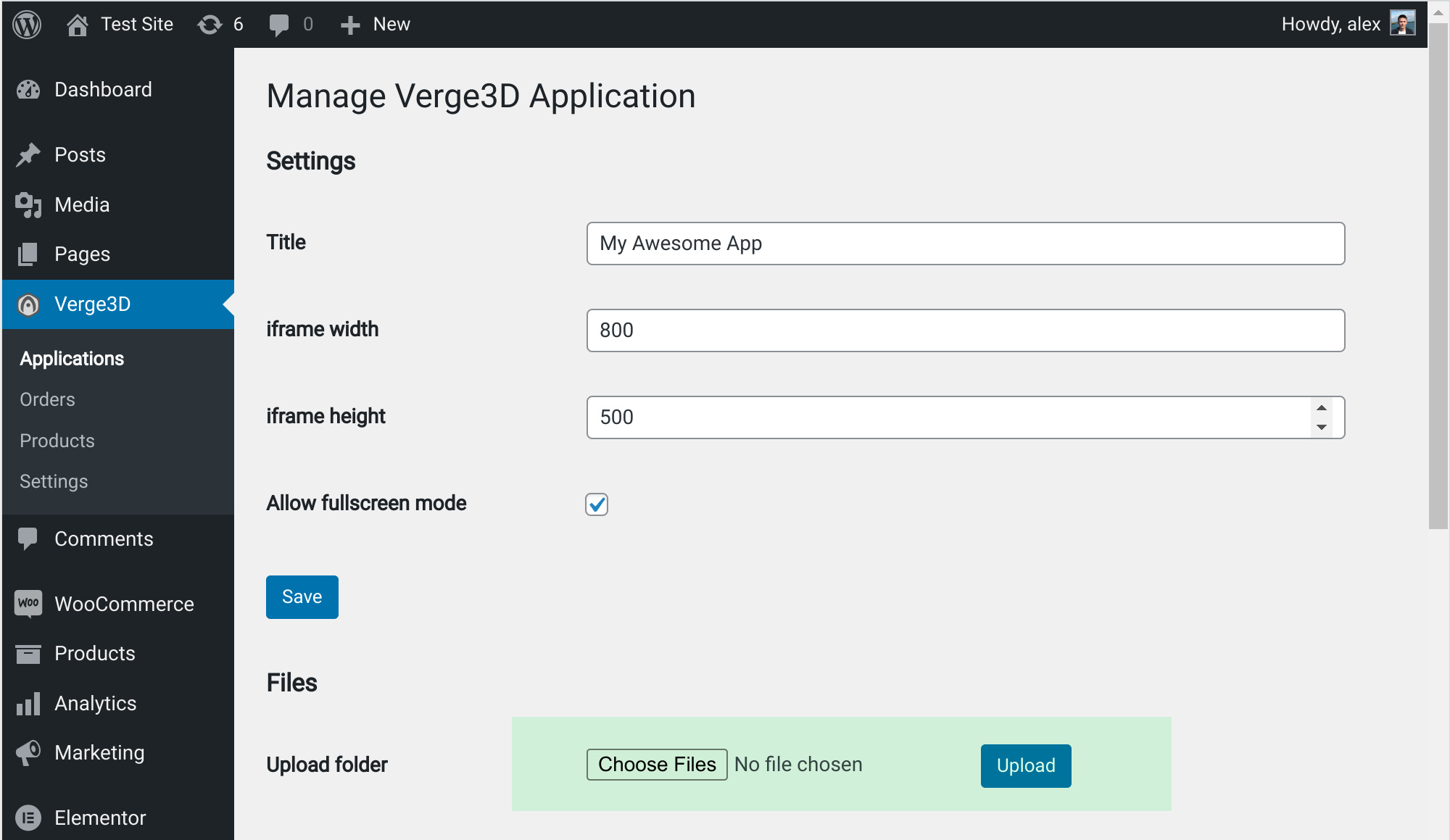 In the midst of the pandemic, eLearning and online courses have gained immense popularity. Many individuals are taking advantage of this surge in interest to create educational content that can be monetized while also providing valuable information. WordPress, once again, proves to be a user-friendly platform for both instructors and learners to create and manage eLearning courses.
In the midst of the pandemic, eLearning and online courses have gained immense popularity. Many individuals are taking advantage of this surge in interest to create educational content that can be monetized while also providing valuable information. WordPress, once again, proves to be a user-friendly platform for both instructors and learners to create and manage eLearning courses.
Why Choose WordPress for eLearning Course Creation?
WordPress stands out as a versatile content management system (CMS) that simplifies the process of creating and managing eLearning courses. Here are a few reasons why WordPress is an excellent choice:
1. User-Friendly: WordPress is known for its intuitive interface, allowing instructors to create and manage courses without any technical expertise.
2. Wide Range of Plugins: With a vast library of plugins designed specifically for eLearning, WordPress enables instructors to enhance the learning experience by incorporating features like quizzes, assignments, discussion boards, and more.
3. Customizability: With thousands of themes and templates available, instructors can customize the appearance of their eLearning websites to match their brand or course topic.
4. SEO-Friendly: WordPress is built with search engine optimization (SEO) in mind, allowing courses to rank higher in search engine results and attract more learners.
Best Practices for Creating eLearning Courses on WordPress
Now that we understand why WordPress is an excellent platform for eLearning course creation, let’s explore some best practices to ensure courses are engaging and effective:
1. Define Your Target Audience: Before creating courses, it’s crucial to define the target audience. Understanding learners’ needs and preferences will help tailor content, teaching style, and course structure accordingly.
2. Plan Your Course Structure: Organize course content into logical modules or lessons. Providing a clear roadmap for learners will keep them engaged and motivated throughout their learning journey.
3. Use Multimedia Elements: Incorporate multimedia elements such as videos, images, infographics, and audio recordings to make courses visually appealing and interactive. This enhances the learning experience and simplifies complex concepts.
4. Gamify the Learning Experience: Introduce gamification elements, such as quizzes, badges, leaderboards, and rewards, to make courses more engaging and enjoyable. Gamification motivates learners to actively participate and retain information better.
5. Provide Regular Assessments: Include regular assessments, such as quizzes, assignments, or interactive activities, to gauge learners’ understanding and progress. Assessments help reinforce knowledge and identify areas that may require additional support.
6. Foster Interaction and Collaboration: Encourage learners to interact with each other and the instructor through discussion boards, forums, or live chat sessions. Collaboration and peer-to-peer learning deepen understanding and create a sense of community.
7. Offer Ongoing Support: Provide ongoing support to learners by offering a dedicated support channel, such as a help desk or email support. This ensures learners can seek assistance whenever they encounter difficulties or have questions related to the course content.
8. Continuously Update and Improve: Regularly review and update eLearning courses to keep them relevant and up-to-date. Seek feedback from learners and make necessary improvements based on their suggestions. This demonstrates a commitment to providing high-quality education and keeps learners engaged.
Conclusion
WordPress offers a powerful platform for creating and managing eLearning courses. By following these best practices, instructors can create engaging and effective courses that cater to their target audience’s needs. Continuous improvement based on learner feedback and staying up-to-date with the latest eLearning trends will provide the best possible learning experience.
Start leveraging the popularity of eLearning and unlock the potential of online education with WordPress today!
The post WordPress eLearning Course Creation Tips & Best Practices appeared first on WPExplorer.
